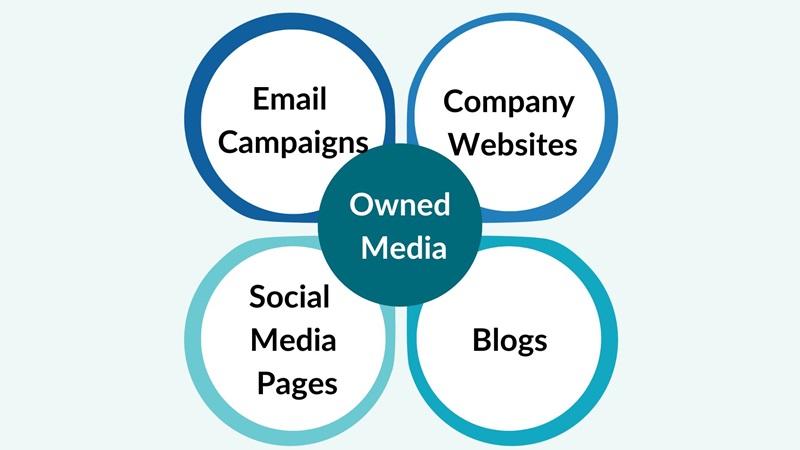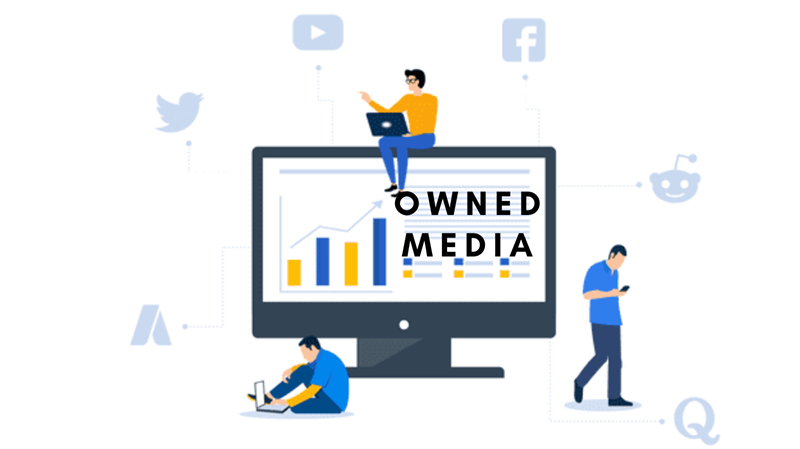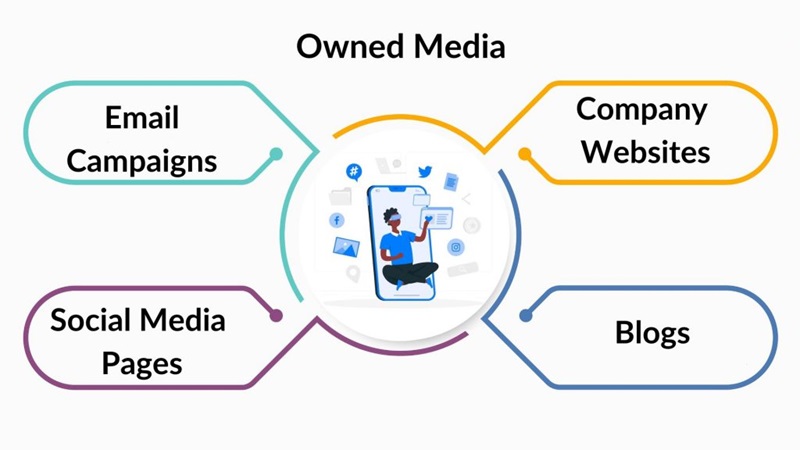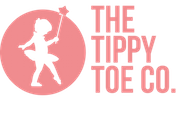Owned media refers to any content or media that a company or individual creates and controls. This can include websites, social media profiles, email newsletters, blogs, podcasts, and more. The main benefit of owned media is that it allows businesses to have complete control over their messaging and branding. By creating their own content, companies can tailor their messaging to their target audience, showcase their products or services in the best light, and build a loyal following of customers. Additionally, owned media can help businesses establish themselves as industry leaders and experts in their field, as they have the opportunity to share valuable and informative content with their audience.
One example of owned media is a company website. A website is a central hub for businesses to showcase their products or services, share company information, and connect with customers. By creating a visually appealing and user-friendly website, companies can attract and retain customers, build brand awareness, and drive sales. Another example of owned media is a company blog. A blog allows businesses to share industry news, insights, and updates with their audience, positioning themselves as thought leaders in their field. By regularly publishing high-quality content on their blog, companies can attract new visitors, engage existing customers, and improve their search engine rankings.
Social media profiles are also a form of owned media. Companies can create profiles on platforms like Facebook, Twitter, Instagram, and LinkedIn to connect with their audience, share updates, and promote their products or services. By building a strong social media presence, businesses can increase brand awareness, drive website traffic, and engage with customers in real-time. Email newsletters are another example of owned media. By collecting email addresses from customers and prospects, businesses can send targeted and personalized content directly to their inbox. Email newsletters can help businesses nurture leads, promote products or services, and drive conversions.
In conclusion, owned media is a valuable tool for businesses to communicate with their audience, showcase their products or services, and establish themselves as industry leaders. By creating and controlling their own content, businesses can tailor their messaging to their target audience, build brand awareness, and drive sales. Examples of owned media include websites, blogs, social media profiles, and email newsletters. By leveraging owned media effectively, businesses can build a loyal following of customers, engage with their audience, and achieve their marketing goals.

What Is Owned Media in Digital Marketing and Public Relations?
Owned media in digital marketing and public relations refers to the content and channels that a company or organization has full control over. This includes company websites, social media profiles, blogs, and email newsletters. These owned media channels allow businesses to communicate directly with their target audience without relying on third-party platforms.
By creating and sharing valuable content on owned media channels, companies can build brand awareness, establish thought leadership, and drive traffic to their website. Additionally, owned media allows businesses to control the messaging and branding that is being put out into the world, ensuring consistency and authenticity in their communications. Overall, owned media is a crucial component of any digital marketing and public relations strategy, as it provides businesses with a platform to engage with their audience in a meaningful and impactful way.
Exploring Examples of Owned Media Channels
Owned media channels are a powerful tool for businesses looking to connect with their audience in a more direct and personalized way. These channels are platforms that a company controls and creates content for, such as a website, blog, or social media profiles. By using owned media channels, businesses can showcase their brand, products, and services in a way that is tailored to their target audience.
For example, a company might create a blog that shares industry insights and tips, providing valuable information to their customers while also establishing themselves as an authority in their field. Similarly, a company might use their social media profiles to engage with their audience on a more personal level, sharing behind-the-scenes content, customer testimonials, and promotions.
These owned media channels allow businesses to build relationships with their customers, increase brand awareness, and drive traffic to their website. Overall, exploring examples of owned media channels can provide valuable insight into how businesses can effectively leverage these platforms to reach their audience and achieve their marketing goals.

The Benefits of Owned Media: Why It Matters
Owned media refers to the content and platforms that a company controls and creates, such as a company website, social media profiles, and email newsletters. This type of media is essential for any business looking to establish a strong online presence and build brand awareness. One of the key benefits of owned media is the control that it gives companies over their messaging and branding. With owned media, businesses have the freedom to create content that aligns with their brand values and resonates with their target audience.
This allows companies to communicate directly with their customers and build relationships with them over time. Additionally, owned media provides businesses with a platform to showcase their products and services in a way that is tailored to their unique selling points. By creating engaging and informative content, companies can attract new customers and keep existing ones coming back for more. Another benefit of owned media is the ability to track and analyze the performance of content and campaigns.
By using analytics tools, companies can measure the success of their owned media efforts and make data-driven decisions to improve their strategies. This allows businesses to optimize their content for better engagement and conversion rates, ultimately leading to increased sales and revenue. In conclusion, owned media is a valuable asset for any business looking to establish a strong online presence and connect with their target audience. By leveraging the benefits of owned media, companies can build brand awareness, attract new customers, and drive revenue growth in a competitive digital landscape.
Strategies to Optimize Your Owned Media
Owned media refers to any content or platform that a brand has full control over, such as their website, social media channels, or email lists. In order to maximize the effectiveness of owned media, it is important for businesses to implement strategies that can help optimize their reach and engagement with their target audience. One key strategy is to regularly update and refresh content on owned media channels to keep them current and relevant.
This can help to retain existing followers and attract new ones. Another important strategy is to utilize data and analytics to track and measure the performance of owned media efforts. By analyzing metrics such as website traffic, social media engagement, and email open rates, businesses can gain valuable insights into what is working and what needs improvement. Additionally, businesses can leverage the power of SEO to increase visibility and drive organic traffic to their owned media channels.
By optimizing website content with relevant keywords and meta tags, businesses can improve their search engine rankings and attract more visitors. Lastly, businesses can also consider collaborating with influencers or partnering with other brands to expand their reach and tap into new audiences. By implementing these strategies, businesses can effectively optimize their owned media channels and maximize their impact on their target audience.

Frequently Asked Questions About Owned Media
Owned media refers to any content or platform that is owned and controlled by an individual or organization. This can include websites, social media profiles, blogs, and email lists. There are several frequently asked questions about owned media that individuals and businesses may have. One common question is how to effectively build and maintain owned media channels.
This involves creating high-quality content that resonates with the target audience, consistently posting updates, and engaging with followers. Another question that often arises is how to measure the success of owned media efforts. Metrics such as website traffic, social media engagement, and email open rates can help track the effectiveness of owned media strategies. Additionally, many people wonder about the best ways to monetize owned media channels.
This can include selling advertising space, promoting products or services, or partnering with other brands for sponsored content. Finally, individuals may inquire about the importance of owned media in relation to other types of media, such as earned and paid. While owned media allows for complete control over content and messaging, it is important to have a comprehensive media strategy that includes all three types of media to maximize reach and engagement. Overall, understanding how to effectively leverage owned media can help individuals and businesses build a strong online presence and connect with their target audience in a meaningful way.
